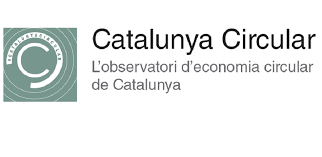Concrete is one of the most used materials in the infrastructure sector since it presents handling features in fresh concrete and high compressive strength in hardened concrete. However, it generates large volumes of waste resulting from the demolition and rejection processes, as well as from the manufacturing process itself. Concrete is the material resulting from mixing cement (or other binder) with aggregates (gravel and sand) and water. In the manufacture of concrete, different types of solid waste are generated:
- Surplus of concrete: fresh concrete, excess or rejected material after distribution and returning to the plant.
- Residual concrete: containing fresh concrete or other residues from the cleaning of the buckets at the end of the day.
- Other waste: concrete in the plastic state from the test of consistency and hardened concrete in the form of quality control samples.
The company CEMEX, dedicated to the manufacture and sale of cement, concrete, mortar work, special mortars and aggregates, generates concrete waste derived from the washing of concrete, mixer trucks and concrete returned by customers. This waste, which contains a large part of fresh concrete, is dried in decantation tanks in order to be managed as a by-product.
The concrete by-product is used in 3 different activities:
- To manufacture recycled aggregates: the recycled aggregate is used for the manufacture of recycled concrete and is contemplated in the Instruction of structural concrete EHE -08 (annex 15). The recycled concrete is defined according to EHE -08, like the concrete with coarse recycled aggregate coming from the crushing of concrete waste. It can be used up to 20% recycled aggregate for concrete for structural use and up to 100% for cleaning concretes.
- Incorporation in the manufacture of cement: for the traditional manufacture of cement, limestone, clays and iron and silica minerals are mixed and grinded in defined proportions, before being introduced into the kiln to form the clinker (intermediate product for generation of the cement). Between 0.5 and 1% of the limestone, which is the main raw material for obtaining the clinker, can be replaced by concrete waste since they have a similar chemical composition.
- Restoration of extractive activities: concrete waste is mixed with land and used for embankments or banks of mining activities.
The management of concrete waste as a by-product offers the advantages of reducing the consumption of natural resources, reusing construction materials, preventing the disposal into the landfills, allowing obtaining sustainability certificates (LEED certification), and using materials with recycled content.







